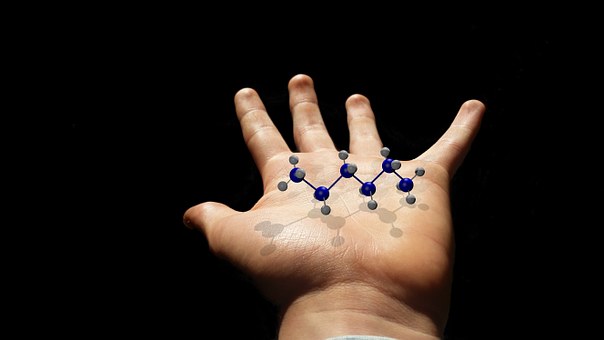Biocides have been used in industrial coolants for decades. On December 1 2018, three of the previously common formaldehyde releasing agents in cutting fluids will be classified as carcinogenic. Why is this happening now and why has it not happened before?
One reason that it has not happened before is that the control of chemical substances and the mixtures of them was very bad before REACH. Another reason for this is that it is easier to measure and record statistics today, and there is evidence that nearly 80 000 cancer deaths are attributed to work-related exposure to carcinogenic substances in the EU each year.My followers know that I have been working for over 20 years in the cutting fluids industry. In the 90's I was constantly driving around with substances that now are classified as carcinogenic, in a passenger car – and more or less poured them in to the customer's system without protective equipment. Nor was I alone. This management was, and is still in some cases, considered customary in the industry. More and more companies are now stopping managing biocides, which I think is very good.
But what happens if you stop using biocides?
You can choose biocide- and boron-free metal cutting fluids that have more or less good resistance to bacteria and microorganisms. If you choose this route then you should also avoid adding biocides “tank side”, so do not buy biocides in small packages and add to the machines. *
Choosing a biocide- and boron-free technology may in many cases work well for quite a while. What can be expected is a gradual increase in concentration in order to keep microorganisms in control – and as a consequence an increasing consumption of cutting concentrate over time.
Sooner or later, one can also expect an increased amount of production down time due to poor cutting fluid. This leads to increased costs, production disturbances and potentially also to health and work environment problems, where the smell in the production room is the one that will be most noticeable, but perhaps not the most serious.
Not least, the economy and production volume can be affected
Example:
If you estimate a relatively small machine tank of 600 liters, where the cutting fluid is changed once a year. You switch to biocide free metalworking fluid, are not adding any biocides, and recognizes that a change out is needed 6 times a year. How does the cost increase?
The cost of cutting fluid in the machine increases from about
6 100 EUR/annum to about 19 400 EUR/year. An increase of almost 13 300 EUR / year.
If you have 10 machines, the increase would be 133 000 EUR/year, the operating costs of the equipment included. Then any social indicators and costs related to health and work environment are not included. Cost of lost production should be added.
Alternative to biocides
If you choose an alternative technology for biocides, you should also have a different approach to the bacterial content. You cut the high bacterial peaks that damage the fluid but constantly control the relatively low levels of bacteria in the system. Smell and bad work environment around the cutting fluid are eliminated.
* (Biocides may be necessary for major system cleanups but should not be used in general and uncontrolled. At greater stoppages, you can unblock and mark the workplace and ensure safe handling with minimal exposure to staff).
EU Roadmap on carcinogens
European schedule of occupational diseases
ECHA Newsletter
(JÖ)



Comment